
What is White Rabbit (WR)?
- It is a technology developed at CERN, in collaboration with institutes and companies, to synchronize devices in the accelerators down to sub-nanoseconds and solve the challenge of establishing a common notion of time across a network.
- White Rabbit Switches provides sub-nanosecond synchronization accuracy, which formerly required dedicated hard-wired timing systems, with the flexibility and modularity of real-time Ethernet networks. It achieves sub-nanosecond accuracy in Ethernet based networks.
- A White Rabbit network may be used solely to provide timing and synchronization to a distributed electronic system, or to provide both timing and real-time data transfer.
- In 2020, it was included in the worldwide industry standard known as Precision Time Protocol (PTP), governed by the Institute of Electrical and Electronics Engineers (IEEE).
- A key distinctive feature of White Rabbit, is that it is open source and based on standards. Companies and institutes can therefore adapt it to their needs and incorporate it in their products and systems.
- White Rabbit is used in the finance sector as well as in many research infrastructures, and it is currently being evaluated for application in the future quantum internet.
- The technology could also play a key role in the future landscape of global time dissemination technologies, which currently rely heavily on satellites.
- White Rabbit Collaboration:
- It is a membership-based global community whose objective is to maintain a high-performance open-source technology that meets the needs of users and to facilitate its uptake by industry.
- The WR Collaboration will provide dedicated support and training, facilitate R&D projects between entities with common interests and complementary expertise, and establish a testing ecosystem that fosters trust in products that incorporate the open-source technology.
2. What is Lumpy Skin Disease (LSD)?
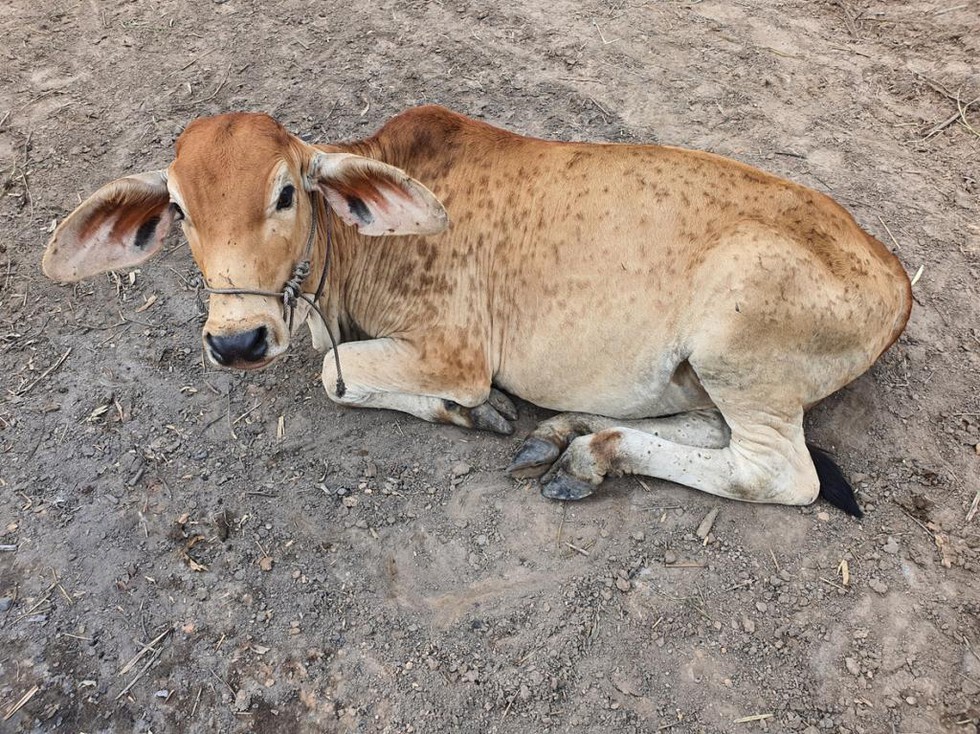
About Lumpy Skin Disease:
- It is an infectious viral disease of cattle. It is caused by the lumpy skin disease virus (LSDV), which belongs to the genus capripoxvirus, a part of the poxviridae family (smallpox and monkeypox viruses are also a part of the same family).
- LSDV is not a zoonotic virus, meaning the disease cannot spread to humans.
- Geographical distribution:
- LSD is currently endemic in most of Africa, parts of the Middle East and Turkey.
- Since 2015, the disease has spread to most of the Balkan countries, the Caucasus and the Russian Federation.
- Since 2019, several outbreaks of LSD have been reported by countries in Asia (Bangladesh, India, China, Chinese Taipei, Vietnam, Bhutan, Hong Kong (SAR-RPC), Nepal, Sri Lanka, Myanmar, Thailand).
- Transmission:
- It is transmitted by blood-feeding insects, such as certain species of flies, mosquitoes or ticks.
- Infected animals shed the virus through oral and nasal secretions, which may contaminate common feeding and water troughs.
- Thus, the disease can either spread through direct contact with the vectors or through contaminated fodder and water.
- Symptoms:
- LSD affects the lymph nodes of the infected animal, causing the nodes to enlarge and appear like lumps on the skin, which is where it derives its name from.
- The cutaneous nodules, 2–5 cm in diameter, appear on the infected cattle’s head, neck, limbs, udder, genitalia, and perineum. The nodules may later turn into ulcers and eventually develop scabs over the skin.
- The other symptoms include high fever, a sharp drop in milk yield, discharge from the eyes and nose, salivation, loss of appetite, depression, damaged hides, emaciation (thinness or weakness) of animals, infertility and abortions.
- It can also lead to death, especially in animals that have not previously been exposed to the virus or have low immunity.
- It is a highly host-specific disease. It primarily affects cows and to a lesser extent, buffalo. Morbidity rate is higher in cattle than buffalo.
- Treatment:
- It has no direct antiviral treatment. Instead, the infected animals receive supportive care, which involves the use of antibiotics, painkillers and wound care sprays to treat symptoms.
- As there's no treatment, vaccines are used to control disease transmission.
3. What is Contempt of Court?

About Contempt of Court:
- Constitutional Provisions: Article 129 of the Constitution says that the Supreme Court shall be the ‘Court of Record’ and it has all the powers of such courts including the power to punish for contempt of itself. Article 215 conferred a corresponding power on the High Courts.
- According to the Contempt of Courts Act, 1971, contempt of court can either be civil contempt or criminal contempt.
- Civil contempt means wilful disobedience to any judgment, decree, direction, order, writ or other process of a court or wilful breach of an undertaking given to a court.
- On the other hand, criminal contempt means the publication (whether by words, spoken or written, or by signs, or by visible representations, or otherwise) of any matter or the doing of any other act whatsoever which:
- scandalises or tends to scandalise or lowers or tends to lower the authority of any court; or
- prejudices, or interferes with, or tends to interfere with, the due course of any judicial proceeding; or
- interferes or tends to interfere with, or obstructs or tends to obstruct, the administration of justice in any other manner.
- A contempt of court may be punished with simple imprisonment for a term which may extend to six months, or with fine which may extend to two thousand rupees, or with both, provided that the accused may be discharged or the punishment awarded may be remitted on apology being made to the satisfaction of the court.
- What is not contempt of court?
- Fair and accurate reporting of judicial proceedings will not amount to contempt of court. Nor is any fair criticism on the merits of a judicial order after a case is heard and disposed of.
4. Key Facts about Sea of Japan:
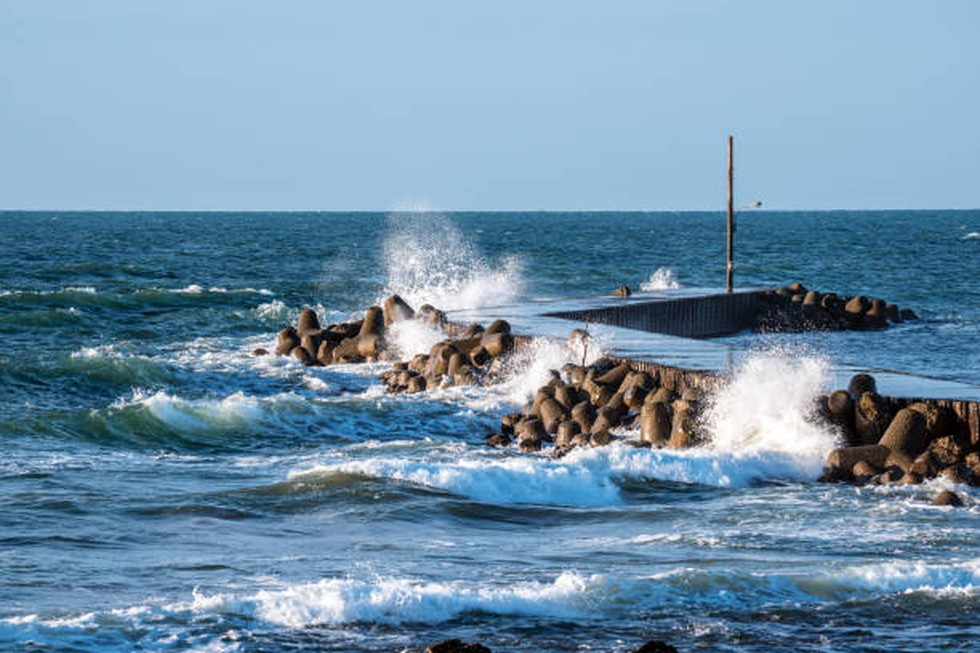
About Sea of Japan:
- It is a marginal sea of the western Pacific Ocean. It is located in Eastern Asia and is bounded by Japan and Sakhalin Island to the east and by Russia and Korea on the Asian mainland to the west.
- Dohoku Seamount, an underwater volcano, is its deepest point.
- The sea itself lies in a deep basin, separated from the East China Sea to the south by the Tsushima and Korea straits and from the Sea of Okhotsk to the north by the La Perouse (or Sōya) and Tatar straits.
- To the east, it is also connected to the Inland Sea of Japan by the Kanmon Strait and to the Pacific by the Tsugaru Strait.
- It influences the climate of Japan because of its relatively warm waters. It serves as the meeting point of the cold currents from the north and the warm currents from the south.
- There are no large islands in the Sea of Japan. Except for the South Korean Island of Ulleungdo, all the other small islands are situated near the eastern coast of the sea.
- Major Ports:
- Russia: Vladivostok, Sovetskaya Gavan, Nakhodka, Alexandrovsk-Sakhalinsky and Kholmsk.
- North Korea: Hamhung, Chongjin and Wonsan.
- Japan: Niigata, Tsuruta and Maizuru.
5. What is Khula under Islamic Law?

About Khula:
- 'Khula' is a practice within Islamic law that empowers Muslim women to unilaterally seek separation from their husbands. It is expressly mentioned in the Quran. It is designed to safeguard women's rights and operate within the parameters of Islamic law.
- The process involves the wife initiating the divorce by formally requesting it from the court, providing a valid reason such as incompatibility, abuse or neglect.
- In the 'Khula' process, there is also the possibility of the woman returning the 'Mehr' or reaching a financial settlement with her husband as part of the agreement for ending the marriage.
- Following a 'Khula' divorce, the husband assumes responsibility for the education and financial support of the children.
What is Talaq?
- 'Talaq' occurs when the husband initiates the divorce. According to Muslim law, once a man pronounces 'Talaq,' the marriage is immediately terminated.
- But unlike Khula, wherein a Muslim woman needs to formally give a reason for the divorce, in Talaq, a Muslim man can divorce his wife with or without any cause and there is no specific procedure for it.
- After taking a 'Talaq', a Muslim man has to repay his former wife her dowry and property, if any, owned by her.
6. Punnett square
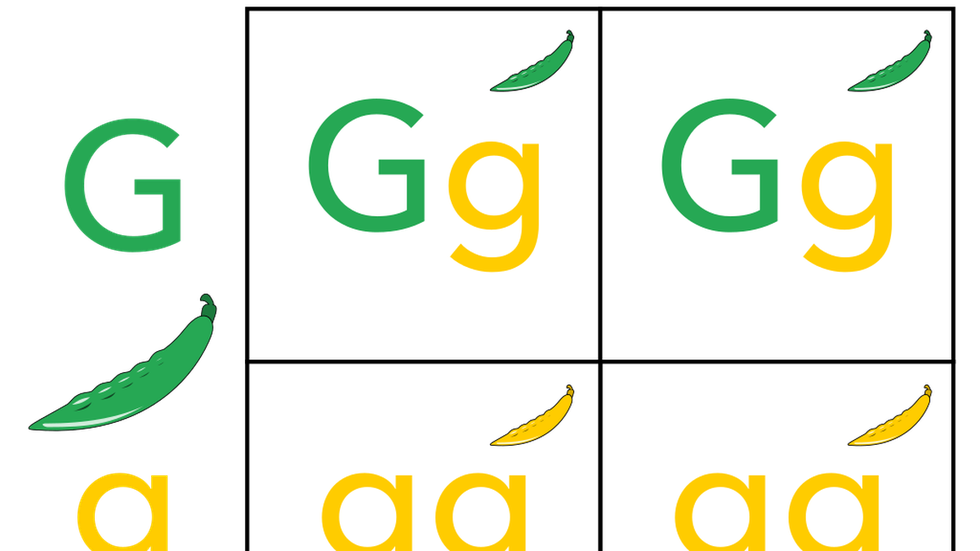
About Punnett square:
- It is named after British geneticist Reginald Punnett.
- How does it work?
- Along the top and side of the grid, the possible genetic traits of one parent on one side and the other parent on the other side is listed.
- Then, you fill in the squares by combining the traits from each parent. Each square effectively represents a possible combination of traits that their offspring could inherit.
- It’s a simple way to visualise the probabilities of different traits showing up in the offspring.
- Applications:
- They are commonly used in biology to understand inheritance patterns, like when you learn about dominant and recessive genes in school.
- It is a useful tool that helps predict the variations and probabilities resulting from cross-breeding.
- It can also be used to understand the genetic traits in the offspring of animals, including humans.
- Researchers typically use them together with Mendelian inheritance.
7. What are Swell waves?
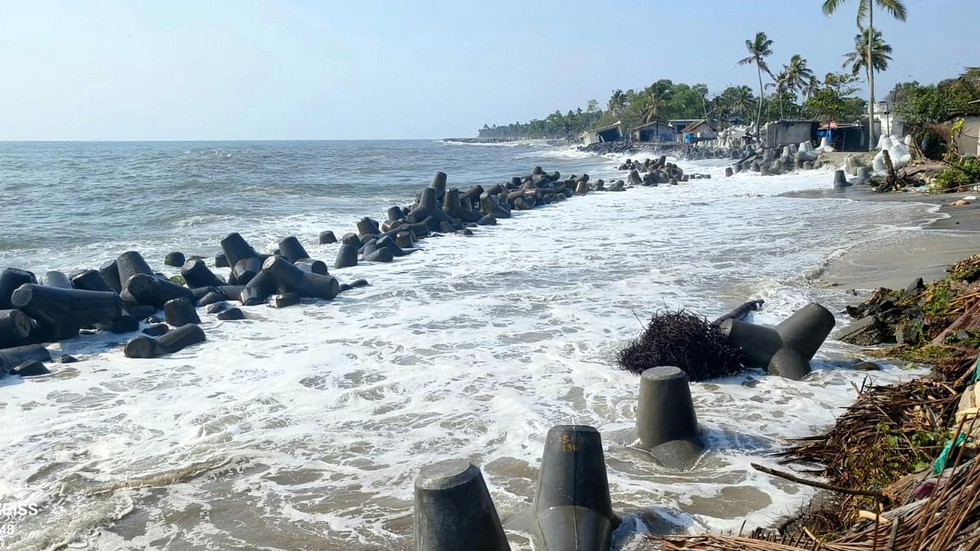
About Swell waves:
- A swell is the formation of long wavelength waves on the surface of the seas. These are composed of a series of surface gravity waves.
- Formation:
- They occur not due to the local winds, but rather due to distant storms like hurricanes or even long periods of fierce gale winds.
- During such storms, huge energy transfer takes place from the air into the water, leading to the formation of very high waves.
- Features:
- Swells have a narrower range of frequencies and directions than locally generated wind waves, because swell waves have dispersed from their generation area, taking on a more defined shape and direction.
- These waves can propagate in directions that differ from the direction of the wind, in contrast to a wind sea.
- Their wavelengths may rarely exceed more than 150 m. Occasionally, swells which are longer than 700 m occur as a result of the most severe storms.
- It occurs without precursors or any kind of local wind activity and as a result.
- In India early warning systems like the Swell Surge Forecast System launched by the Indian National Centre for Ocean Information Services (INCOIS) in 2020 — gives forewaring seven days in advance.
8. OptiDrop Platform

About OptiDrop Platform:
- It is an innovative microfluidic chip-based platform that simplifies and reduces the cost of studying single cells. It employs a novel approach that enables precise and cost-effective analysis of single cells encapsulated in droplets.
- The platform’s unique features include live data visualisation, a smaller data footprint, and a ‘closed’ system design that prevents external contamination.
- This research was supported by the Biotechnology Industry Research Council (BIRAC), the Department of Science and Technology (DST) and the Ministry of Human Resource Development (MHRD).
- Applications:
- This cutting-edge technology has potential applications in diagnostics, therapeutics, agriculture and animal health.
- It helps in studying the impact on individual cells during a drug screen, environment control (water contamination counter), detection and sorting of CAR-T cells in immuno-oncotherapeutics, selection of CRISPR-modified single cells and selection of high-efficiency clones in single-cell genomics
What is C-CAMP?
- It is an initiative supported by the Department of Biotechnology and has been a catalyst of cutting-edge research and innovation in the life sciences since 2009.
- It is mandated to promote entrepreneurship and innovation. It has created and fostered an entrepreneur-friendly culture in and around the Academic/Research environment through its involvement in Seed Funding Schemes for Startups.
9. Mother of Dragons comet
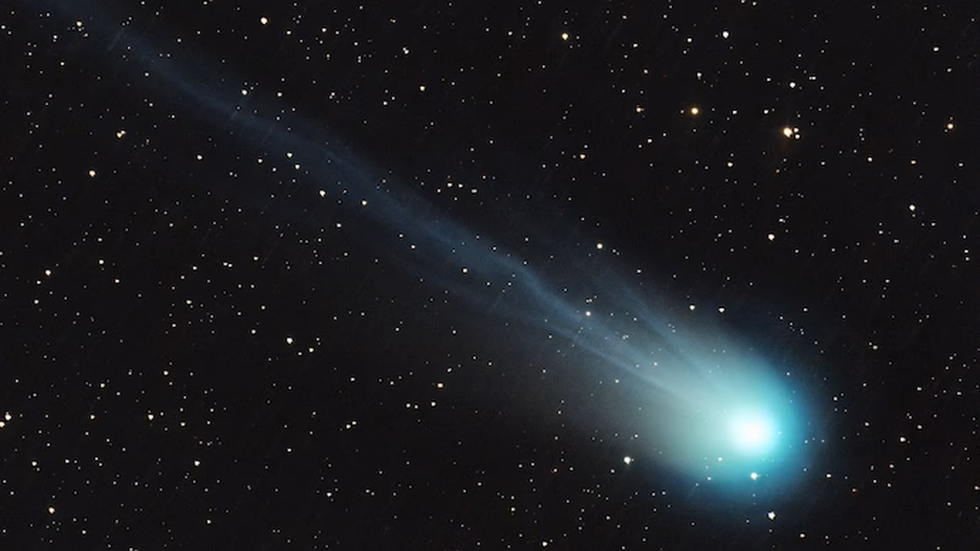
About Mother of Dragons comet:
- It is officially known as Comet 12P/Pons-Brooks. It is a ‘Halley-type’ comet with an orbital period of roughly 71 years and a nucleus approximately 30 km wide.
- Composition: It is composed of ice, dust and rocky material. When it approaches the Sun, heat causes the ice inside the comet to turn from solid to gas.
- It is classified as a Jupiter-family comet, meaning its orbit is influenced by Jupiter's gravitational pull.
- It typically reaches perihelion (closest approach to the Sun) around the orbit of Mars and can become visible to observers on Earth during its close approach. Its closest approach to Earth will occur in June 2024.
Key facts about Comets:
- Comets are ancient cosmic icebergs. They are roughly 4.6 billion years old and formed at the same time as the Sun, Earth and the other planets.
- They are made of dust and ice, which partly goes from solid to gas when the comet is warmed by the Sun.
10. Tornado

About Tornado:
- It is a land-based vertical column of violently rotating air that forms from a thunderstorm to the ground. It can have wind speeds in the range of 105-322 km/h. The tornado over the sea is called waterspouts.
- The rotating column is physically connected to the cloud base or wall cloud and is often visible as a cloud-filled "condensation funnel". If the air is dry enough, the tornado may only appear as a swirl of dirt on the ground without a visible connection to the cloud above.
- Formation: Any collision of warm, moist air with dry, cool air in the presence of a low pressure system like a trough causes thunderstorms and tornadoes.
- Geographical distribution:
- It occurs most commonly on continents in the mid-latitudes (between 20 and 60 degrees north and south), where they are frequently associated with thunderstorms that develop in regions where cold polar air meets warm tropical air.
- They are the most common in the United States, Argentina and Bangladesh.
- The Enhanced Fujita scale is used to measure tornado strength. It is used to assign tornado a 'rating' based on estimated wind speeds and related damage.


























































































































































.png)
.png)
.png)
.png)
.png)


.png)
.png)
.png)





.png)
.png)






.png)
.png)
.png)
.png)
.png)
.png)
.png)
.png)
.png)

.png)







.png)
.png)


.png)
.png)
.png)


.png)

.png)
.png)





.jpg)

.png)
.png)


.png)

.png)
.png)
.png)

.jpg)

.jpg)


.png)

.png)
.png)
.png)
.png)
.png)
.png)
.png)
.png)
.png)
.png)




.png)

.png)





.png)
.png)
.png)
.png)
.png)
.png)
.png)
.png)
.png)
.png)
.jpg)
.jpg)

.png)
.png)
.png)
.png)
.png)
.png)
.png)
.png)
.png)
.png)
.png)
.png)
.png)
.png)
.png)
.png)
.png)
.png)
.png)
.png)
.png)
.png)



.png)
.png)

.jpg)
.jpg)


.jpg)
.jpg)
.jpg)
.jpg)
.jpg)

.jpg)








.jpg)
.jpg)
.jpg)
.jpg)
.jpg)

















.jpg)
.jpg)







.jpg)


















.jpg)
.jpg)






























































































.jpg)
.jpg)


























.jpg)

.jpg)










.jpg)








.jpg)




.jpg)










.jpg)


















.jpg)












































.jpg)














.jpg)
.jpg)
.jpg)





.jpg)

.jpg)
.jpg)





































































.jpg)


































.jpg)
.jpg)
















































.jpg)












.jpg)


.jpg)




.jpg)
.jpg)
.jpg)

.jpg)
.jpg)
.jpg)
.jpg)

.jpg)
.jpg)
.jpg)

.jpg)
.jpg)
.jpg)
.jpg)
.jpg)
.jpg)
.jpg)
.jpg)

.jpg)


.jpg)
.jpg)
.jpg)
.jpg)
.jpg)
.jpg)
.jpg)
.jpg)
.jpg)
.jpg)











.jpg)
.jpg)





.jpg)
.jpg)
.jpg)
























.jpg)
























.jpg)









.jpg)
.jpg)







.jpg)
.jpg)









































.jpg)
.jpg)
.jpg)
.jpg)
.jpg)

.jpg)
.jpg)
.jpg)
.jpg)
.jpg)


.jpg)
.jpg)
.jpg)
.jpg)
.jpg)

.jpg)
.jpg)
.jpg)
.jpg)
.jpg)
.jpg)
.jpg)
.jpg)
.jpg)
.jpg)
.png)

.png)
.png)

.png)
.png)
.png)
.png)


.jpg)
.jpg)

.jpg)
.jpg)
.jpg)

.png)
.png)
.png)
.png)
.png)
.png)
.png)

.png)
.png)
.png)
.png)
.png)
.png)
.png)
.png)
.png)
.png)





































































-min.png)



.png)




.png)








































